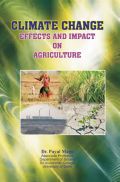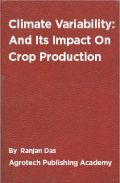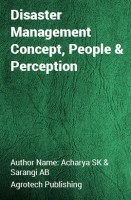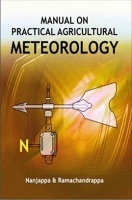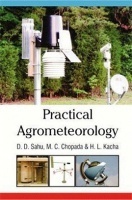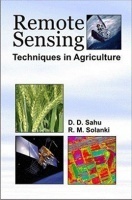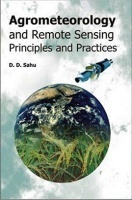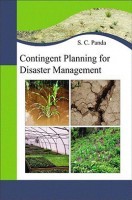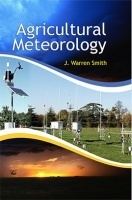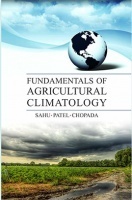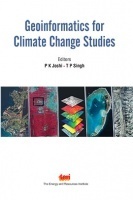Designed as a textbook for undergraduate and postgraduate students of agriculture, it fulfills the need for an up-to-date comprehensive information (as per the syllabus framed by ICAR) on the theoretical and applied aspects of agricultural meteorology.
This book is recommended in Central Agricultural University, Manipur, Assam Engineering College, Assam.
Illustrated with graphs, schematic representations, photographs and pictures, the scope of the book is divided into three major areas of study:
1. Discusses the basic aspects of agricultural meteorology; introduces the principal meteorological variables (with emphasis on radiation and temperature) that govern the atmosphere and highlights the causal factors leading to the global and local weather and climate variations like atmospheric pressure and winds, clouds, monsoon and precipitation.
2.Addresses the effects of weather on various crops and discusses applications of Hopkins bioclimatic law to mitigate the ill effects of weather on crop production; explains agroclimatic classification and discusses droughts and their management strategy with special reference to crops.
3.Deals with various types of weather forecasting and their techniques including weather service to farmers; explains crop growth simulation modellinga newly emerging area in agricultural meteorology; focuses on influence of weather in relation to pest and disease outbreaks, discusses climate change and provides introduction to remote sensing.
A special feature of the book is that it contains many indigenous examples related to the humid tropics. In addition, the book has many plates and information on basic and sophisticated meteorological equipment.
A variety of chapter-end questions help develop students understanding of salient concepts and makes the material presented more meaningful.







